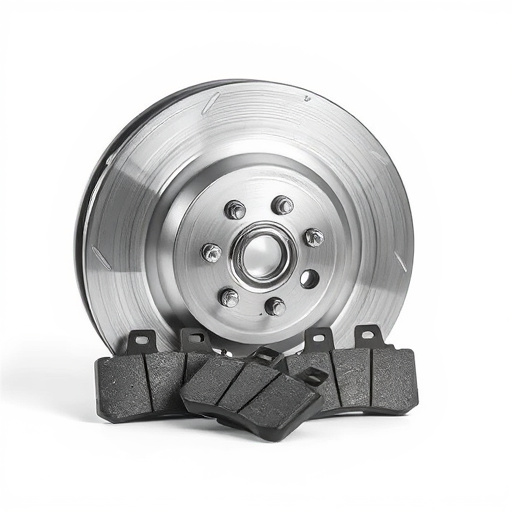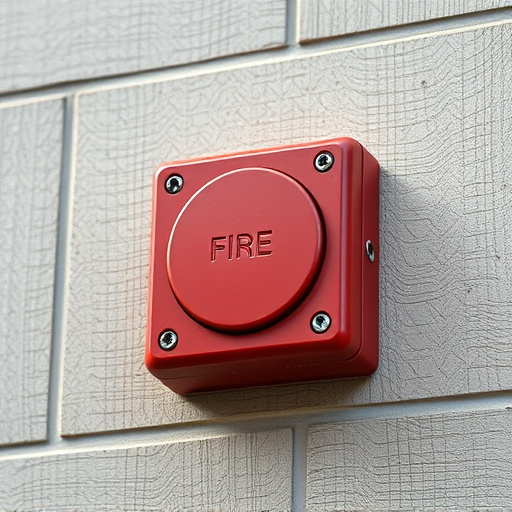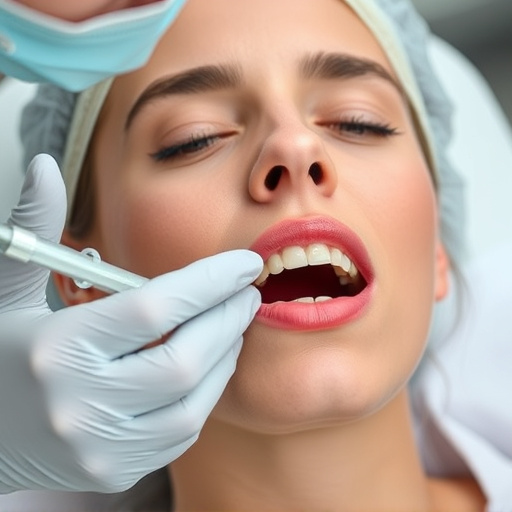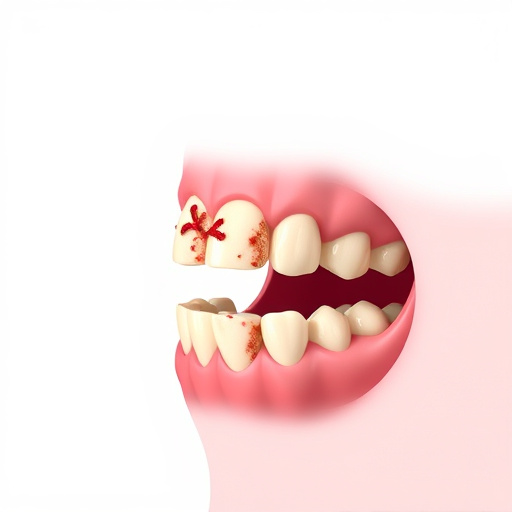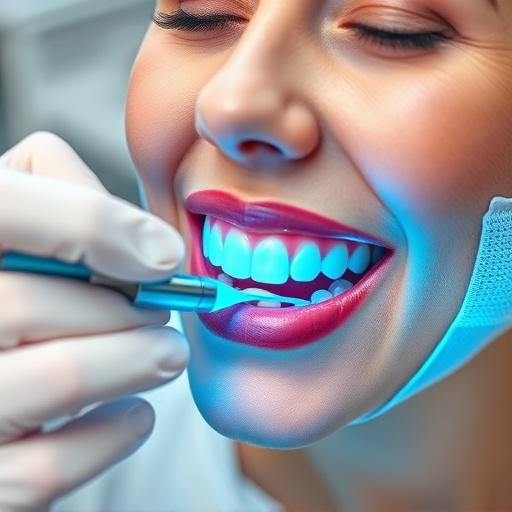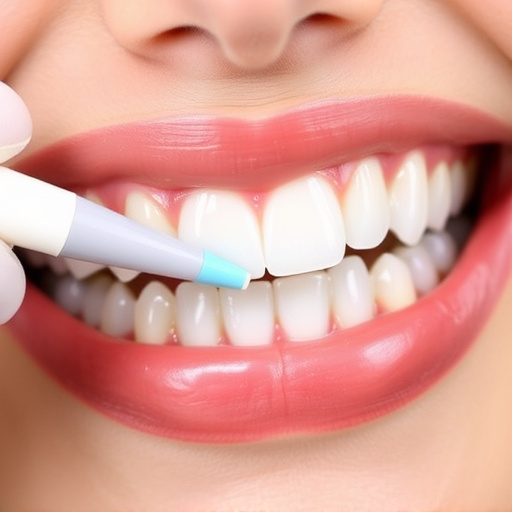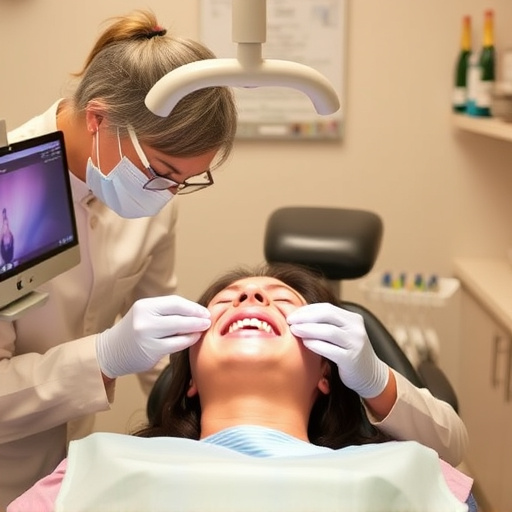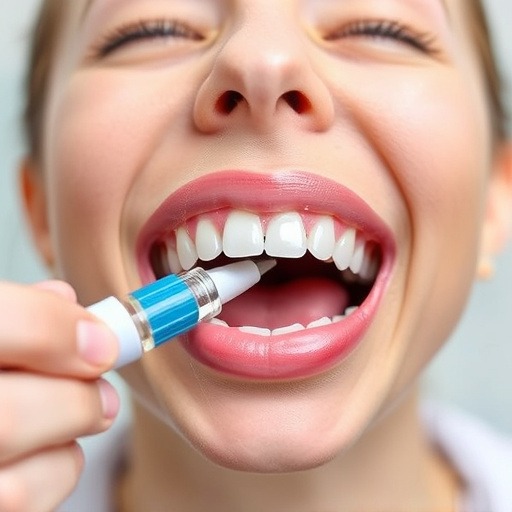A comprehensive dental exam is a detailed assessment going beyond a standard check-up, targeting overall oral health and well-being. It involves visual inspections of teeth, gums, and jawline, along with diagnostic tools like X-rays to identify issues early, such as decay or gum disease. Dentists provide personalized treatment recommendations, including wisdom tooth removal, clear aligners, and family dentistry, while discussing oral hygiene routines and diet to proactively prevent future problems, ensuring optimal long-term oral health.
A comprehensive dental exam goes beyond a routine checkup. It’s a detailed evaluation designed to foster long-term oral health and wellness. This insightful article breaks down the process, from understanding the exam’s purpose and what to expect to exploring its key components. Learn how regular comprehensive dental care can prevent issues, detect diseases early, personalize treatment strategies, and help you achieve—and maintain—a beautiful, healthy smile.
- Understanding the Comprehensive Dental Exam
- – Definition and purpose
- – What to expect during the exam
Understanding the Comprehensive Dental Exam

A comprehensive dental exam goes beyond a routine check-up. It’s a detailed assessment designed to evaluate your oral health and identify potential issues early on. This proactive approach includes examining your teeth, gums, jawline, and even your bite pattern. Dentists skilled in this process can detect signs of decay, gum disease, or other conditions that might require treatment, such as wisdom tooth removal. They may also recommend clear aligners for straightening teeth if needed.
During the exam, expect a thorough teeth cleaning to remove plaque and tartar buildup. Your dentist will likely use advanced tools and techniques to inspect areas difficult to reach. By combining this with discussions about your oral hygiene routine and diet, you’ll gain insights into maintaining long-term dental health. This holistic approach ensures that not only are existing problems addressed but also that future issues are proactively prevented.
– Definition and purpose
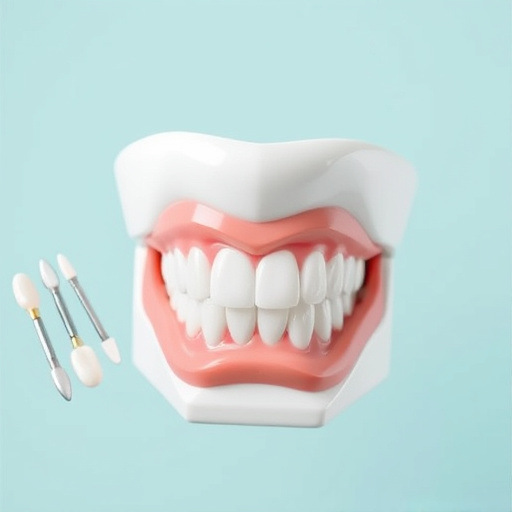
A comprehensive dental exam goes beyond a routine check-up, aiming to thoroughly evaluate an individual’s oral health and overall well-being. This detailed examination involves various components, including a visual assessment of teeth, gums, and relevant structures, as well as diagnostic procedures to identify any existing issues or potential problems. The primary purpose is to create a comprehensive oral healthcare plan tailored to the patient’s needs, promoting long-term dental health and addressing current and future concerns.
By employing advanced techniques and technologies, such as digital X-rays and intraoral cameras, dentists can detect early signs of decay, gum disease, or structural abnormalities. This allows for timely interventions, which may include recommendations for cosmetic dentistry procedures like fillings to restore damaged teeth or discussions on dental implants for missing teeth. Such proactive measures ensure optimal oral health and esthetics, addressing both functional and aesthetic aspects.
– What to expect during the exam
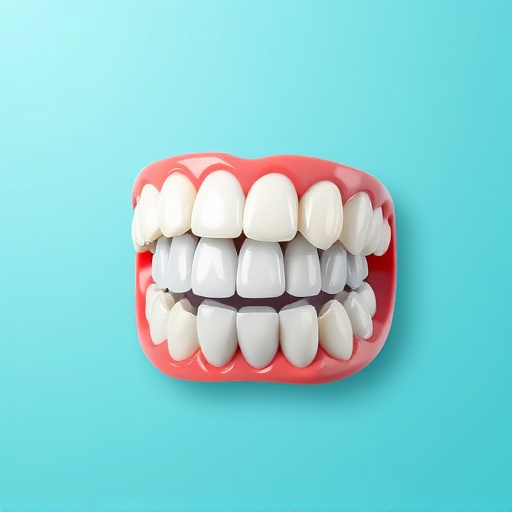
During a comprehensive dental exam, patients can expect a thorough assessment of their oral health. The process involves detailed examination of teeth, gums, and related structures. Dentists utilize advanced tools like x-rays to identify any hidden issues or potential problems that may not be immediately visible. This includes checking for tooth decay, gum disease, oral cancer, and other conditions that could impact long-term dental health.
In addition to a visual inspection, the exam may include professional cleaning, screening for TMJ disorders, and discussions about cosmetic fillings, emergency dental care needs, or personalized recommendations for family dentistry. The goal is not only to address current concerns but also to provide proactive solutions, ensuring optimal oral health well into the future.
A comprehensive dental exam is not just a check-up; it’s a roadmap for your long-term oral health. By delving into every aspect of your dental anatomy, from teeth and gums to jaw structure and bite patterns, this in-depth assessment allows dentists to identify potential issues early on. Armed with this knowledge, you can make informed decisions about your dental care, ensuring a vibrant, healthy smile for years to come.
